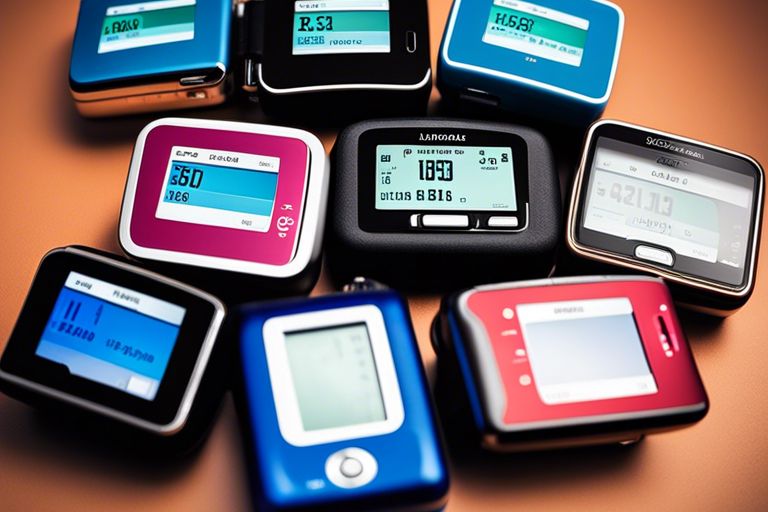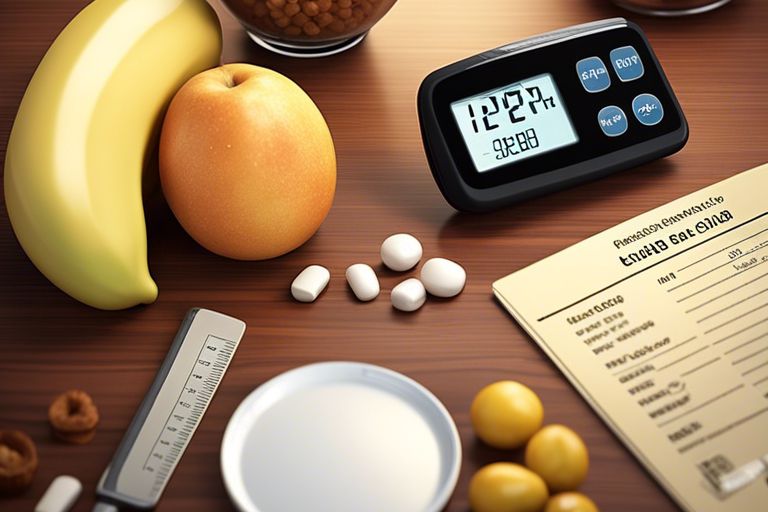Diabetes is a chronic medical condition that affects millions of people worldwide. It is a group of metabolic disorders that cause high blood sugar levels over an extended period. Diabetes can be classified into different types, with type 1 diabetes being one of them. Type 1 diabetes is also known as insulin-dependent diabetes, and it is caused by the immune system attacking the pancreas, leading to a lack of insulin production. In this article, we will discuss the causes, symptoms, and treatments of type 1 diabetes.
1. Introduction
Diabetes is a significant health concern, with over 463 million adults worldwide suffering from the disease. There are two primary types of diabetes, type 1 and type 2. Type 1 diabetes is less common and is caused by the immune system attacking the pancreas. The pancreas is a gland located behind the stomach and is responsible for producing insulin. Insulin is a hormone that regulates blood sugar levels in the body. Without insulin, the body cannot use glucose for energy, leading to high blood sugar levels.
2. What is Type 1 Diabetes?
Type 1 diabetes is a chronic medical condition that affects about 10% of people with diabetes. It is also known as insulin-dependent diabetes and juvenile diabetes. Type 1 diabetes usually develops in childhood or adolescence, but it can also develop in adults. In type 1 diabetes, the immune system mistakenly attacks and destroys the beta cells in the pancreas. Beta cells are responsible for producing insulin, and their destruction leads to a lack of insulin production. This, in turn, causes high blood sugar levels in the body.
3. Causes of Type 1 Diabetes
The exact cause of type 1 diabetes is unknown, but it is believed to be caused by a combination of genetic and environmental factors. Some of the factors that may contribute to the development of type 1 diabetes include:
- Genetic predisposition: People with a family history of type 1 diabetes are more likely to develop the condition.
- Environmental factors: Certain viruses and toxins may trigger the immune system to attack the pancreas.
- Autoimmune response: In type 1 diabetes, the immune system mistakenly identifies the beta cells in the pancreas as foreign and attacks them, leading to their destruction.
4. Symptoms of Type 1 Diabetes
The symptoms of type 1 diabetes can develop quickly, over a few days or weeks. The symptoms may be mild initially, but they become more severe as the disease progresses. Some of the symptoms of type 1 diabetes include:
Early Symptoms of Type 1 Diabetes
- Increased thirst and urination
- Extreme hunger
- Fatigue
- Blurred vision
- Rapid weight loss
- Dry mouth
- Irritability
Late Symptoms of Type 1 Diabetes
- Nausea and vomiting
- Abdominal pain
- Fruity odour on the breath
- Confusion
- Unconsciousness
5. Diagnosis of Type 1 Diabetes
The diagnosis of type 1 diabetes usually involves blood tests to measure blood sugar levels. If the blood sugar level is high, further tests are conducted to confirm the diagnosis of type 1 diabetes. These tests may include a glycated haemoglobin (A1C) test, which measures the average blood sugar level over the past two to three months.
6. Treatment of Type 1 Diabetes
There is currently no cure for type 1 diabetes, but it can be managed effectively with treatment. The treatment for type 1 diabetes involves insulin therapy, lifestyle changes, continuous glucose monitoring (CGM), and pancreas transplantation.
Insulin Therapy
Insulin therapy is the cornerstone of treatment for type 1 diabetes. It involves injecting insulin into the body to regulate blood sugar levels. There are several types of insulin available, including rapid-acting, short-acting, intermediate-acting, and long-acting insulin. The type of insulin used depends on the individual’s needs and the doctor’s recommendations.
Lifestyle Changes
Lifestyle changes are also essential in managing type 1 diabetes. These include eating a healthy diet, getting regular exercise, quitting smoking, and reducing alcohol consumption. A healthy diet for people with type 1 diabetes includes foods that are low in sugar and carbohydrates and high in fibre and protein.
Continuous Glucose Monitoring (CGM)
Continuous glucose monitoring (CGM) is a technology that allows people with type 1 diabetes to monitor their blood sugar levels continuously. CGM involves placing a small sensor under the skin that measures blood sugar levels and sends the data to a monitor or a smartphone app.
Pancreas Transplantation
Pancreas transplantation is a treatment option for people with type 1 diabetes who have severe complications. It involves replacing the diseased pancreas with a healthy one from a donor. This is a complex procedure and is only recommended for people with severe complications who cannot be managed with other treatments.
7. Living with Type 1 Diabetes
Living with type 1 diabetes can be challenging, but it is possible to manage the condition effectively with the right treatment and lifestyle changes. People with type 1 diabetes should follow a healthy diet, get regular exercise, and monitor their blood sugar levels regularly.
Diet and Exercise
A healthy diet and regular exercise are essential in managing type 1 diabetes. A healthy diet for people with type 1 diabetes includes foods that are low in sugar and carbohydrates and high in fibre and protein. Regular exercise can help improve insulin sensitivity and lower blood sugar levels.
Coping with Diabetes
Coping with diabetes can be difficult, and it is essential to have a support system in place. People with type 1 diabetes should seek support from family, friends, or a support group. It is also essential to educate oneself about the condition and stay informed about the latest developments in diabetes treatment.
Risks and Complications
People with type 1 diabetes are at risk of developing complications such as nerve damage, kidney damage, and eye damage. It is essential to manage the condition effectively to prevent or delay the onset of complications.
8. Prevention of Type 1 Diabetes
Currently, there is no known way to prevent type 1 diabetes. However, research is ongoing to find ways to prevent or delay the onset of the condition.
9. Conclusion
Type 1 diabetes is a chronic medical condition that affects millions of people worldwide. It is caused by the immune system attacking the pancreas, leading to a lack of insulin production. The symptoms of type 1 diabetes can develop quickly, and early diagnosis and treatment are essential. Treatment for type 1 diabetes involves insulin therapy, lifestyle changes, continuous glucose monitoring (CGM), and pancreas transplantation
Managing type 1 diabetes can be challenging, but with the right treatment and lifestyle changes, it is possible to live a healthy and fulfilling life with the condition.
10. FAQs
- What is the difference between type 1 and type 2 diabetes?
- Type 1 diabetes is caused by the immune system attacking the pancreas, leading to a lack of insulin production, while type 2 diabetes is caused by the body becoming resistant to insulin or not producing enough insulin.
- Can type 1 diabetes be cured?
- Currently, there is no cure for type 1 diabetes, but it can be managed effectively with treatment.
- Can type 1 diabetes be prevented?
- Currently, there is no known way to prevent type 1 diabetes, but research is ongoing to find ways to prevent or delay the onset of the condition.
- What are the risks and complications of type 1 diabetes?
- People with type 1 diabetes are at risk of developing complications such as nerve damage, kidney damage, and eye damage.
- How can I manage my type 1 diabetes effectively?
- Managing type 1 diabetes effectively involves following a healthy diet, getting regular exercise, monitoring blood sugar levels regularly, and taking insulin as prescribed by a doctor. It is also essential to seek support from family, friends, or a support group and stay informed about the latest developments in diabetes treatment.




